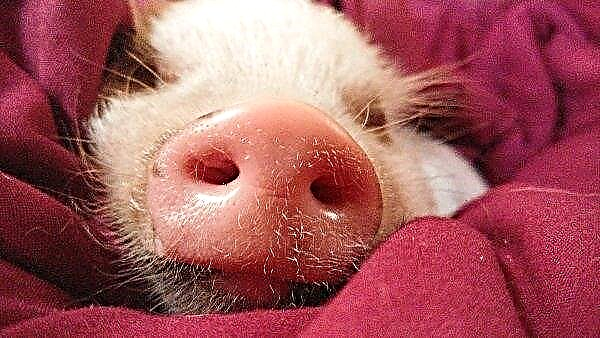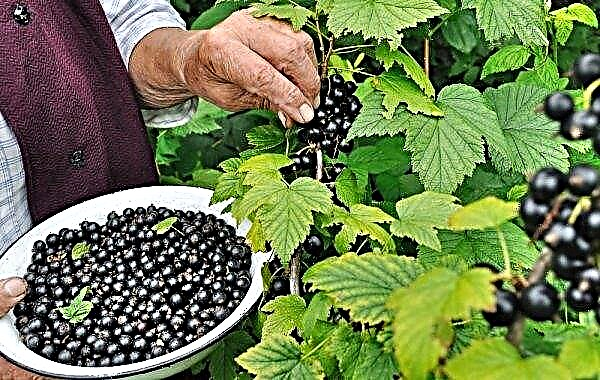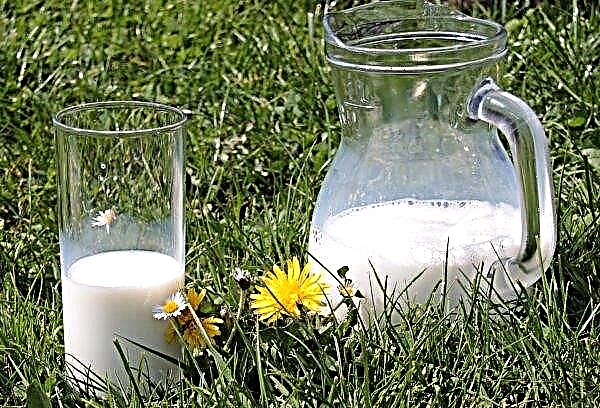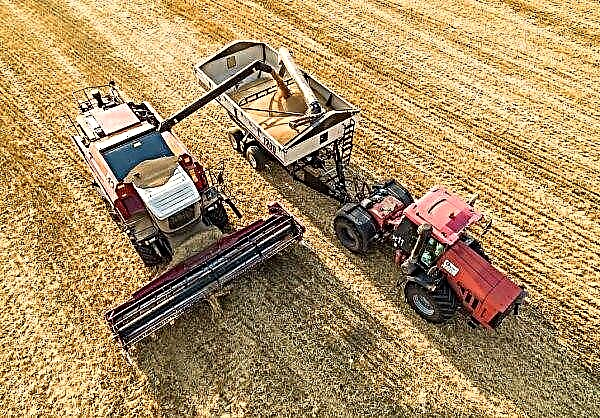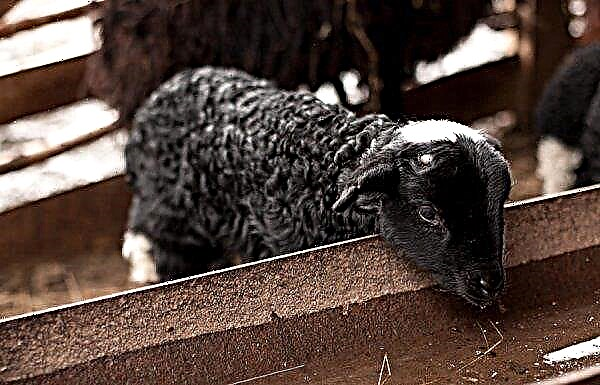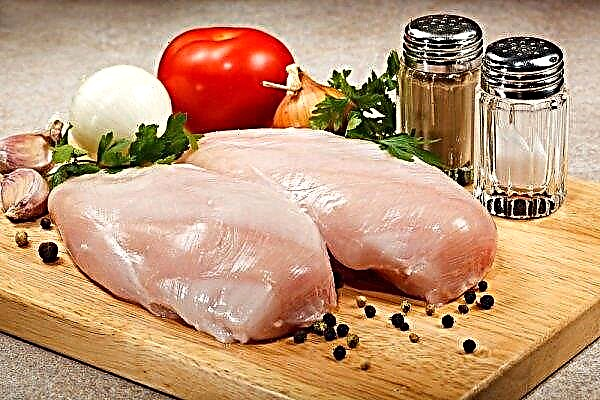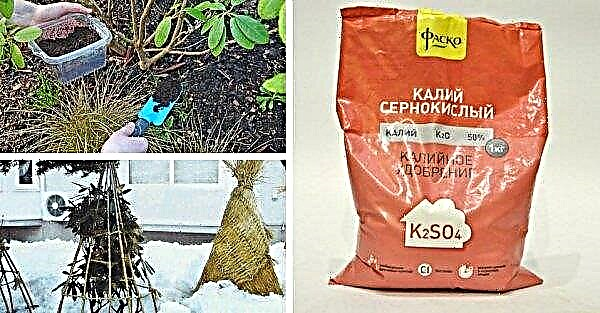Buckwheat is one of the main cereal crops and is grown throughout the European part of Russia. In addition, it is a wonderful honey plant, therefore it is valued among beekeepers. Buckwheat honey is a very popular food product, as it has a large number of useful properties. In addition, during the collection of nectar, bees pollinate flowers, which increases the yield of buckwheat.
Characteristics of buckwheat as a honey plant
Buckwheat melliferousness is quite high under favorable weather conditions during the collection of nectar. The plant has fairly large flowers, which are capable of secreting an average of 0.1-0.3 mg of nectar. Buckwheat pollen has a pleasant aroma and a dark yellow color. The culture is capable of blooming for one or a half months, which makes it possible for insects to collect almost all honey.
Important! Buckwheat honey can be distinguished due to the rich red-brown color, which is associated with a high content of iron in the product.
Buckwheat honey collection
The volume of honey per hectare collected by bees from buckwheat depends on many factors, the main of which are weather conditions during flowering of the plant. This is due to the inability to collect honey in rainy, cold or very humid weather. It is also important to ensure the correct and uniform placement of bee colonies in the fields for their more efficient work. In addition, the amount of nectar collected depends on the buckwheat variety, because there are varieties of this plant that secrete it more than others.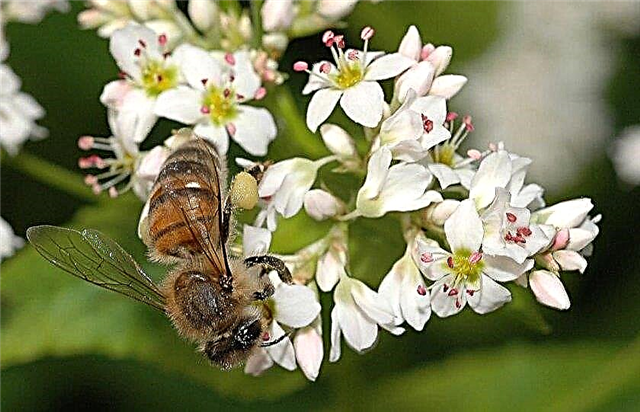
How to place hives near buckwheat
The correct placement of beehives on buckwheat fields is very important, because if they are placed evenly, they can save insect forces spent on flights. Bees are placed, exhibiting 3-4 families on 1 ha, which also contributes to low competition for nectar and does not heavily load insects. The hive is best set as far as possible from each other. With a small area of the field, up to 1 ha of bees are placed on its different sides.
Did you know? The first written mention of beekeeping in Russia was in the Laurentian Chronicle and dates back to 945.
How much buckwheat blooms for honey collection
The buckwheat flowering period begins a month and a half after the appearance of its first sprouts. In the middle climatic zone, this time falls in mid-June. The plant pleases with its color for one month. Fields with buckwheat at the same time look like a soft pink and fragrant carpet, on which a huge number of bees fly. You can also increase the amount of honey collected from 1 hectare by sowing the crop 2 times with an interval of 15 days, which will make it possible to stretch the flowering period and collect all the nectar.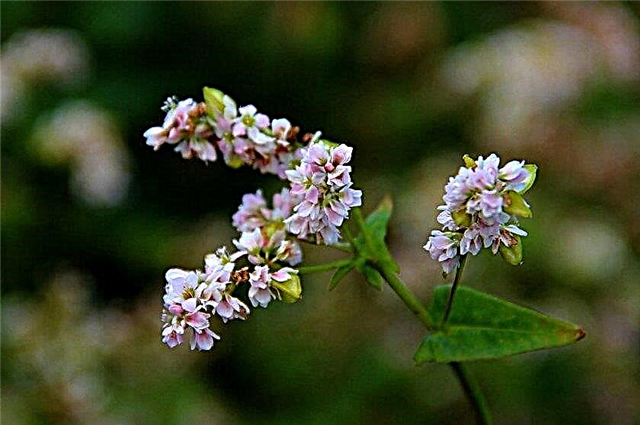
At what temperature does buckwheat release nectar
The best honey productivity of buckwheat is observed at air temperature + 26 ° С and high relative humidity. The flowers of this plant bloom at 6 in the morning and bloom before noon, which is why it is in this period of time that the bees produce nectar. After the flowers close, a large amount of viscous substance is released, which is associated with a high concentration of sugar in it.
Important! The collection of buckwheat honey is very annoying for bees, because it is associated with an abundance of work and a short working day, so insects become extremely aggressive and can sting.
Bees cannot afford such nectar, so they stop collecting it. Under adverse weather conditions during the flowering of buckwheat, each plant independently regulates the time for the release of nectar.
How many kilograms of honey is buckwheat per hectare
Buckwheat honey productivity is quite high compared to most honey plants. On average, it is 80 kg per 1 ha, but varies significantly depending on weather conditions. If during the flowering period of buckwheat there is dry and clear weather, then the honey collection reaches 150 kg. The best conditions for the bees to work in buckwheat fields are temperatures from + 26 ° C to + 28 ° C and low relative humidity. With its rates of 80% and higher, the amount of sugar in nectar rises significantly, which complicates honey collection and makes it impossible.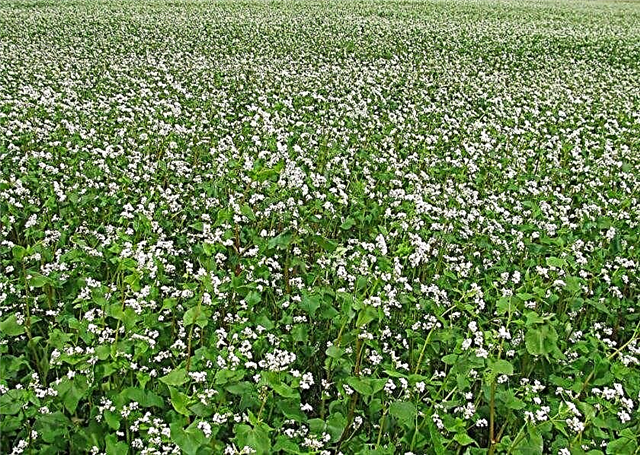
The highest honey production is characterized by such varieties of buckwheat:
- Aelita;
- Victoria;
- Gloria;
- Anniversary 2;
- Tulunskaya.
Useful and harmful properties of buckwheat honey
Regular consumption of buckwheat honey has such a positive effect on the human body:
- improves liver and kidney function;
- normalizes blood pressure;
- accelerates metabolic processes;
- boosts immune defense;
- relieves of anemia and vitamin deficiency;
- reduces itching in skin diseases;
- enhances brain activity;
- improves sleep;
- calms the nervous system;
- helps to cope with stress.
Such beneficial properties of buckwheat honey are associated with a high content of vitamins, trace elements and enzymes. Especially there is a lot of iron in it, which helps to fight against anemia. Honey can be used both inside and for external use.because it is able to normalize the pH level on the surface of the skin and accelerate the healing of wounds or ulcers. You should not use honey for people who are intolerant to this product or allergic to derivatives of beekeeping.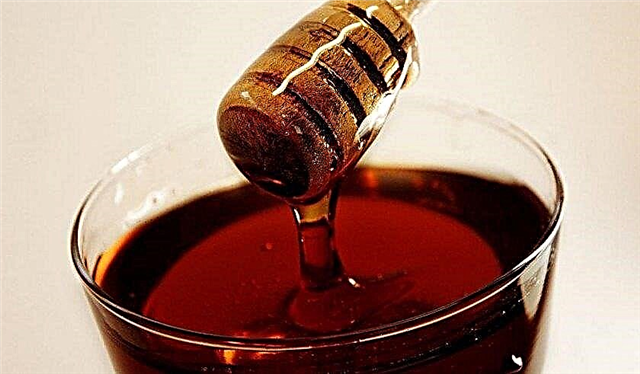 Buckwheat is not only valuable in cooking, but also an excellent honey plant. It is characterized by high honey productivity and wide availability due to the prevalence of plantings of this plant. This delicacy is popular due to its pleasant taste and aroma among children and adults of any age. In addition, buckwheat honey has many useful properties associated with a rich vitamin and mineral composition.
Buckwheat is not only valuable in cooking, but also an excellent honey plant. It is characterized by high honey productivity and wide availability due to the prevalence of plantings of this plant. This delicacy is popular due to its pleasant taste and aroma among children and adults of any age. In addition, buckwheat honey has many useful properties associated with a rich vitamin and mineral composition.


